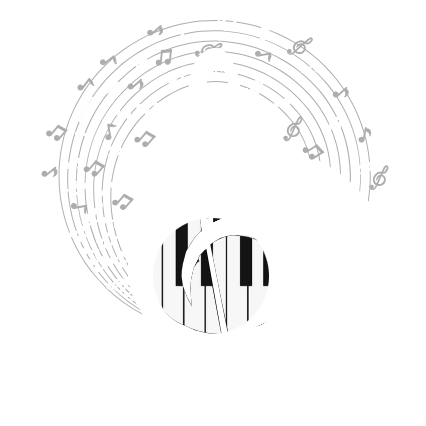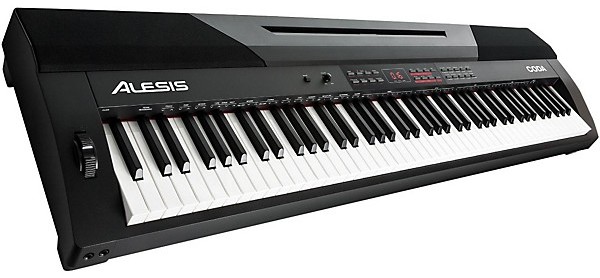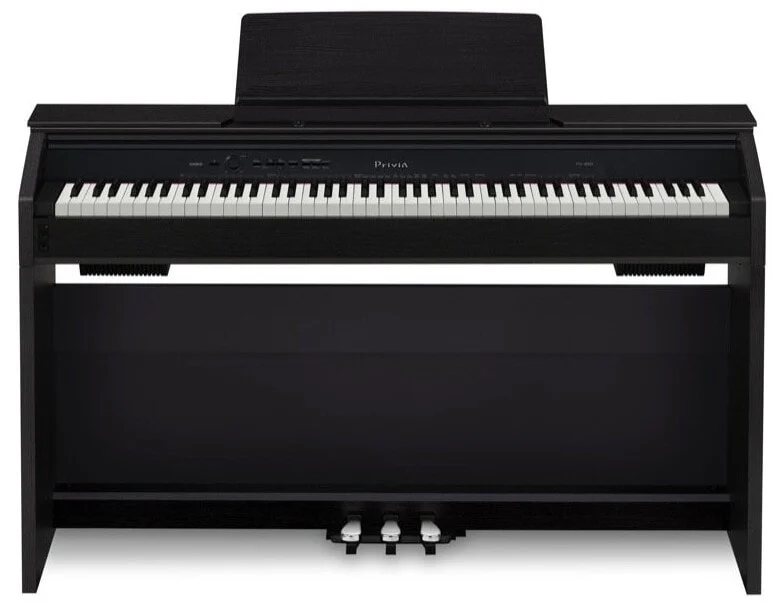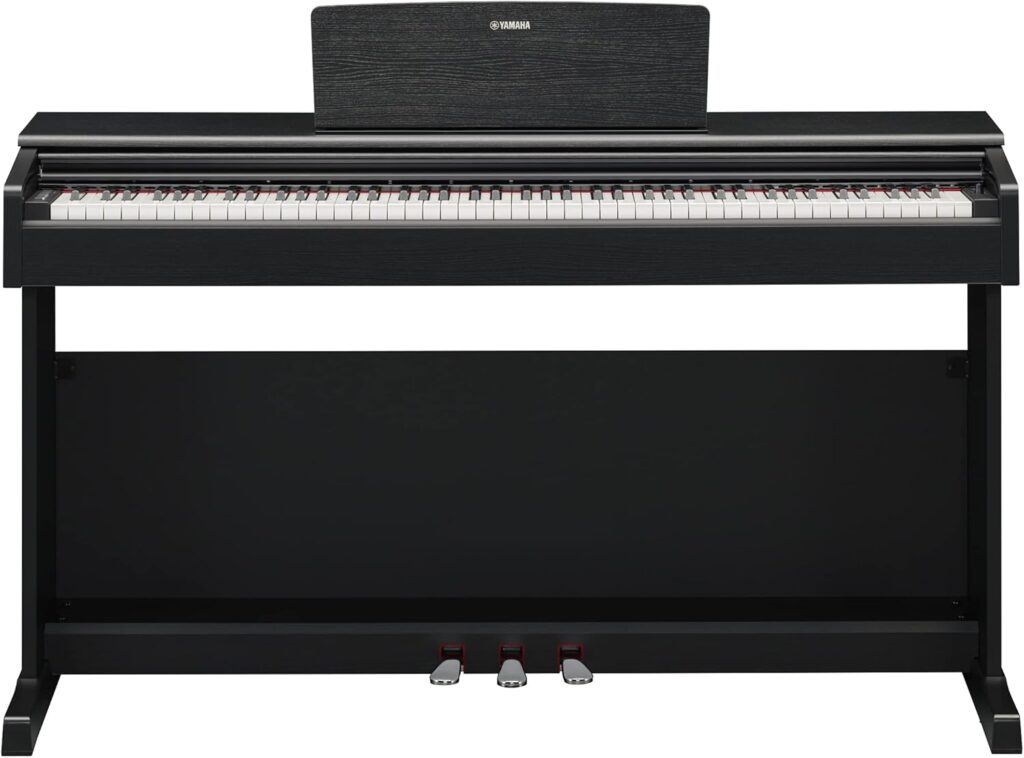Get the Best Without Going Broke (Yes, Even for Pianos)
Shopping for pianos or piano gear on a budget? It might feel impossible at first. Quality often comes with a steep price tag—but it doesn’t have to. Whether you’re hunting for your first digital keyboard, a practice piano bench, or accessories like pedals and covers, there are smart ways to stretch your dollar without sacrificing quality.
Here’s how to buy quality piano products on a budget—without falling for cheap, short-lived options.
1. Know What “Quality” Means for Your Needs
Quality doesn’t always mean expensive. It means:
- ✅ Durable construction (metal pedals, solid stands)
- ✅ Reliable sound or key action (especially in digital pianos)
- ✅ Features that actually help your playing—not just flash
Define what matters most to you—weighted keys? Portability? Sound samples? Then shop within that frame.
2. Buy Entry-Level from Trusted Brands
Stick with known piano brands, even at the beginner level:
- Yamaha (P-series, NP-series)
- Casio (CDP, Privia)
- Roland (GO or FP series)
- Alesis (Recital series)
These companies build reliable instruments even at lower price points. You’ll get better sound engines, longer lifespan, and actual warranties.
3. Look for Certified Refurbished or Open-Box
Major retailers and brand sites often offer:
- Refurbished digital pianos that are tested and certified
- Open-box returns that are like new but sold at a discount
- Full warranty included in many cases
✅ Check Amazon Renewed, Sweetwater’s Used section, or manufacturer clearance pages.
4. Shop Off-Season or Holiday Sales
Time your buy for:
- Black Friday / Cyber Monday
- Back-to-school promotions
- Spring clearance sales
Some of the best deals on digital pianos and accessories happen when most people aren’t shopping for them.
5. Bundle Smart with Piano Packages
Instead of buying the piano, bench, stand, and pedal separately:
- Look for all-in-one bundles
- Often includes accessories at no added cost
- Saves $50–$150 vs piecing it together
✅ Just make sure the bundle includes quality accessories (not flimsy generic ones).
6. Buy Used (But Carefully)
Used digital and acoustic pianos can be great—but only if:
- The item was lightly used and well cared for
- You can test it before buying
- The price reflects actual market value
Use Facebook Marketplace, Reverb, or Craigslist—but know what to look for (like cracked keys, damaged speakers, or missing adapters).
7. Focus on Must-Have Features, Not Extras
Skip:
- Dozens of voices you’ll never use
- Light-up keys (fun, but not necessary)
- Built-in lessons you’ll replace with YouTube anyway
Prioritize:
- Weighted keys (hammer action if possible)
- Sustain pedal input
- Reliable sound engine (like Yamaha’s AWM or Roland’s SuperNATURAL)
✅ Less flash, more function = better value.
8. Read Reviews from Real Musicians
Look beyond star ratings. Search for:
- Reviews from piano teachers or music students
- YouTube demos (with headphones recommended)
- Long-term reviews (“I’ve had this for 2+ years…”)
This helps you spot issues with key feel, durability, or sound quality before you buy.
9. Don’t Forget the Accessories That Matter
Budget wisely for:
- A stable stand (avoid cheap X-frames if possible)
- A padded, adjustable bench
- A proper sustain pedal (not the plastic footswitches)
You can often find mid-range accessories that last longer and feel better to play—without adding much to the total cost.
10. Ask for Recommendations Based on Your Level
Whether you’re:
- A complete beginner
- A returning player
- Buying for a child
- Learning classical or pop
Ask your teacher or a trusted store rep what works specifically for your needs. You’ll avoid overspending on features you won’t use—or under-spending on tools that won’t help you grow.
Final Thoughts: Smart Piano Buys Start with Smart Questions
You don’t need a $1,500 keyboard or grand piano to start strong. By prioritizing key features, buying at the right time, and sticking to brands that care about quality, you can build a setup that sounds great, feels great—and actually lasts.
Because the best piano purchase? It’s the one that keeps you playing.
FAQs
- Is it okay to buy a super-cheap digital piano as a beginner?
It’s fine to start with a budget model, but make sure it has at least semi-weighted keys and a sustain pedal input. - Are bundle deals actually cheaper?
Yes—if the included gear is decent quality. Avoid bundles with knockoff stands or pedals. - Should I get an 88-key piano or a smaller one?
Go for 88 keys if you can afford it. It gives you full range and better long-term value. - What’s the best affordable brand for beginners?
Yamaha and Casio consistently make the most reliable budget-friendly digital pianos. - Can I upgrade accessories later without buying a whole new setup?
Absolutely. You can always upgrade your bench, pedal, or headphones later—just start with the essentials.



